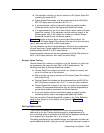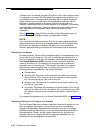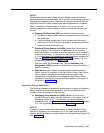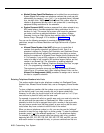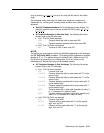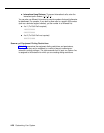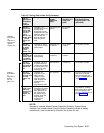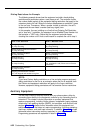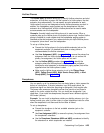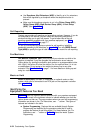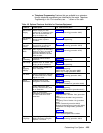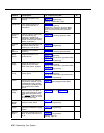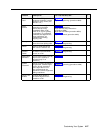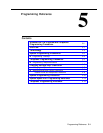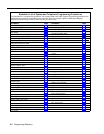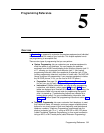
Hotline Phones
The
Hotline (#603)
procedure allows you to identify Hotline extensions and alert
extensions, so that when a person lifts the handset of a Hotline phone, the alert
extension rings automatically. You can specify one alert extension for each
Hotline phone, and you can designate as many Hotline phones as you wish. In
addition, the loudspeaker paging system can be designated as the alert
extension for a Hotline phone, so that a Hotline phone can be used to make
announcements over the loudspeaker.
Example:
A market installs one Hotline phone at its meat counter. When a
customer picks up the Hotline phone, the butcher’s phone rings. Another Hotline
phone is installed at a cash register and the loudspeaker paging system is
identified as the alert extension, so a sales clerk can pick up the Hotline phone
to request a “price check” over the loudspeaker.
To set up a Hotline phone:
■
■
■
■
Doorphones
Connect the Hotline phone to the last available extension jack on the
equipment controller. (A standard touch-tone or rotary phone is
recommended at the Hotline extension.)
Use
Line Assignment (#301)
(see page 5-11) to remove the primary line
assignment from the Hotline extension jack. If you do not remove the
primary line assignment, the Hotline phone will not work.
Use the
Hotline (#603)
procedure (see page 5-13) to identify the
extension where the Hotline phone is located; the same procedure
identifies the alert extension (or loudspeaker paging system) that will be
signalled when the Hotline phone is used.
Make sure the Hotline phone extension is not in the
Pickup Group
(#501), Calling Group (#502), Night Service Group (#504),
or
Hunt
Group (#505).
(See page 5-13.)
You can specify up to five extensions that are alerted when a visitor presses the
button on a doorphone. If the alert extension is an MLS-model phone, the
doorphone signal is a distinctive ding-dong to distinguish it from regular calls.
The person who answers a doorphone call can then use his or her phone to
speak to the visitor outside the office. You can install two doorphones if you
need them. (If you install two doorphones, they each have a different signal at
MLS-model phones.)
Example:
You can install a doorphone outside your building entrance (or in the
hallway outside your suite) to allow visitors to signal telephones inside the office
when the receptionist is not there and the front door is locked.
To set up doorphones:
Connect the doorphone to the last available extension jack on the
■
equipment controller.
Use
Line Assignment (#301)
to remove the primary line assignment from
■
the doorphones’ extensions.
■
Use the
Doorphone Extensions (#604 and #605)
procedures to identify
the extensions on which doorphones are installed.
Customizing Your System
4-23



